Gather ’round youngsters and I’ll tell you about the golden age of Twitter.
In this era of time-shrinking changes, I may be considered an Elder Tweeter. Even though it’s only been around for 16 years, it looms in my headspace as a historical entity, and I now find myself looking back fondly on the good old days of Twitter. I still get side-eyed whenever I mention how much I have used Twitter in my profession.
Now that Twitter seems to be on the verge of dying, those of us who have found a community there are all madly searching for somewhere else to gather. We already needed such a gathering place before the pandemic, but since face-to-face gatherings have taken a hit, online gatherings are all some of us have left, at least those of us who do not want to be exposed to covid or give it another opportunity to spread. This post is about why I needed Twitter in the first place, and what alternatives there may be to it.
Sidenote: As I write this post, Twitter still seems to be functioning normally, at least for my purposes, but its survival seems uncertain. I’ve been furiously taking screenshots for this post in case it simply disappears before publishing. It is entirely possible that by the time this is published, these screenshots will be all that’s left.
Why do I care?
For the last decade or so, Twitter has been my unofficial staffroom. When I joined, I belonged to a truly wonderful staffroom already, but the Twitter one was a magnification of that. I wrote about that 9 years ago here, when social media was all still so new to me and many others. Being on Twitter absolutely changed my teaching practice, and continues to do so. Not only because of Twitter itself, but the community that crystallized there around a love of teaching, learning, and constantly improving, together.
What happened on Twitter that I needed as a teacher? Lots, but for me, it all started with The Chats.
Back in the day, a Twitter chat was an event during which a collection of people would agree to get on Twitter at the same time and, well, chat, via tweets. Chatting on Twitter means something different than chatting in real life. In a normal social setting, one would only chat with one or two people at a time, but on Twitter, that number is potentially much higher. In order to filter the firehose so that everyone could see all the tweets and only the tweets belonging to that chat, participants would all insert the same hashtag into their tweets. The hashtag could be agreed upon ahead of time, or sometimes it was something that had organically taken root. During the chat, someone played the role of moderator and tweeted out prompts for participants to discuss. The first such chat I, and some of my LEARN colleagues, participated in was about the flipped class, another thing that was pretty new and exciting at the time. (That chat is still active to this day, some 10 or so years later, which says a lot about how significant it was.) Joining live chats got to be a regular weekly event for me, and it was during those chats that I made many valuable connections and learned about transformative tools like Desmos, GeoGebra, and Graspable Math.
The chats were so stimulating and fun that as a staff we decided, in February 2014, to organize a chat with our students, using the hashtag #lqchat, the “lq” standing for LEARN Quebec. Our classes are 100% online, and our students are scattered all across Quebec, so they don’t get many opportunities to just hang out and get to know each other. To create a sense of cohesion and a relaxed atmosphere for our Virtual Campus, we came up with some prompts that were non-academic in nature: For example, we’d ask “What is your favourite Valentine’s Day treat?” or “Do your friends who are not in online classes have a hard time understanding what it’s like?”. I wrote in more detail about that first chat here. The chat turned out to be so popular that it also became a regular event, not weekly, mind you, but we fit in about three per year. At first, the teachers came up with the questions and moderated the chat, but we soon invited the students to give their input on the topics. Eventually, we instituted a year-end “homecoming” chat, to which all current and former students were invited, which a team of current students organized and moderated entirely.The most recent one, and possibly the last one ever, took place in May of this year.
Here is a sampling of the questions and replies:


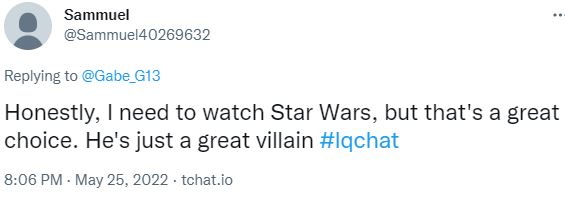

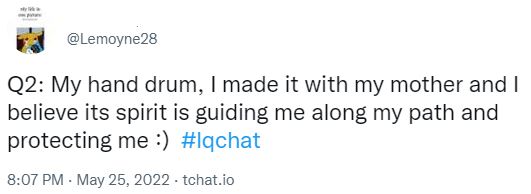



It is impossible to imagine this kind of community-building happening without a platform like Twitter. Forums are okay, but what made the experience so exciting on Twitter was that it was live. We all experienced every moment of it together. The fast pace was sometimes overwhelming, like having 10 conversations all at once, but also exhilarating. And it all remained there afterward to be perused, and possibly continued later, even indefinitely. Or so it seemed!
The idea pool
Another thing that Twitter provided me and my colleagues with was an infinity pool of ideas, delivered via social learning. That’s where I learned so much, more, in fact than I ever had up till that point in my career. I tweeted about this in June 2013.
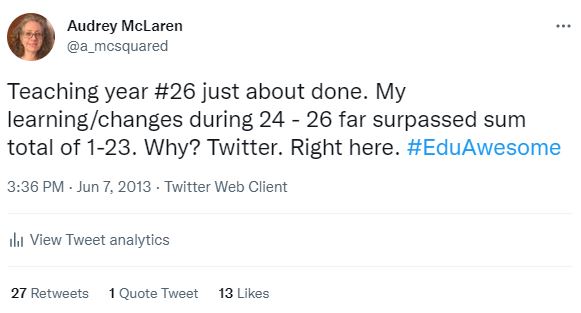
The doorway to this rich classroom eventually became the hashtag #mtbos, which stood for Math Teacher Blogosphere, as seen here:
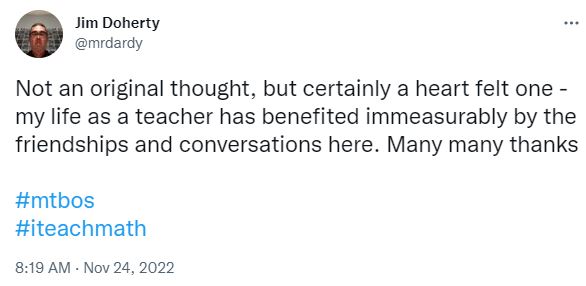
The #mtbos hashtag was started by a small ragtag group of math teachers who shared ideas, and tips, or who, like me, went to Twitter to find some.
The #mtbos community grew in size, and generated spin offs and many face-to-face events, such as #twittermathcamp, or #tmc, which became an annual event. The online space was made real! And the spin-offs just kept going, and will continue at least as long as Twitter does. The seemingly infinite number of spiraling threads can seem daunting, but they are entirely manageable using filters like hashtags and lists.
So where do we go now to get all this richness?
I tweeted out this question soon after things seemed to be heading south:

As is typical of this community, I received a lot of replies almost immediately. Some said that they’ll make do with their Facebook teacher communities, of which there are plenty. One such group is called #MTBoS Community on FB, to which one can request an invitation. Some other responses were Mastodon, Bluesky, and Tribel. As of the writing of this post, I have only experienced Mastodon mainly because that seems to be where most of the #mtbos folk are heading.

mathstodon.xyz
On Mastodon, you generally ask for an invitation, which I received pretty quickly. Once there, the experience is very similar to Twitter, although it is apparently structured differently in that one can choose their own server, or “instance”. (Reader, do not presume I even know what those are.) Two tech-savvy mathematicians, Christian Lawson-Perfect and Colin Wright, had already (in 2017 in fact) created an instance called Mathstodon, and some of the #mtbos math teacher community has already started to reconstitute itself there.
Here is a list of my deal-breaker Twitter features, alongside their availability and counterparts on Mastodon:
- Tweet my thoughts – yes, just click “Publish” on your post (until very recently called a ‘toot’)
- Include images, links, and media in tweets – yes (no GIFs available though, bummer)
- Follow only those I want to follow – yes
- See posts from people I follow – yes
- Retweet (share) posts of people I follow – yes it’s called boosting
- See posts that the people I follow have retweeted – yes
- Reply to posts – yes
- React to posts (the “like” heart)- yes, it’s a star (which it used to be on Twitter a long time ago) called favourite
- Filtering (hashtags, lists) – yes
- See who has shared, replied to, and reacted to my posts – yes, still called notifications
- Chats – yes, using hashtags similarly to Twitter
Some differences between Twitter and Mastodon:
Unlike Twitter, you CAN edit your post after you’ve published it. This is great if you made an embarrassing typo in your original post, and all the edits are visible so there can be no shenanigans. (just like Facebook)
Posts on Mathstodon can have 500 characters, while tweets can only have 280. The number of characters is, however, instance dependent.
On Mastodon, it is possible to “follow” a hashtag, so that any posts containing it show up in the home feed. On Twitter this could only be done using the search tool.

Both platforms have something called Direct Messages, or DMs, but they are not quite the same thing. On Twitter, selecting DM ensures privacy of the message (at least as much as the internet offers), whereas, on Mastodon, each post and DM can have a variety of privacy settings, so a DM can be private or 100% public. A big tipoff is that on Mastodon, in order to send the message, instead of a “Send” button, it’s a “Publish” button.
It’s not a deal breaker but at the moment there is no GIF library in the post editor field as there is on Twitter. This may actually be good news for this writer as I tend to spend way too much time searching for just the right GIF.
One really nice math teacher tool on the Mathstodon server that was never on Twitter is a latex tool, so you can put proper math notation in your post.
There are several feeds available on both platforms, but more fine-tuning is available on Mastodon. The finest, or least firehose-like filter is the “Home” feed, which shows only the posts from people you chose to follow. (That was the default feed on Twitter.) Next heaviest is the “Local” feed, which in my case shows everyone who is on the Mathstodon server, whether or not I have followed them. I really like this, and I don’t see any equivalent to it on Twitter. It’s a bigger picture without being too overwhelming. Finally, there is the “Federated” feed, which moves so fast that it seems to be everyone everywhere. It is a true firehose.
A hugely important difference between the two spaces is the quality of the moderation. On Twitter it is done by AI, whereas on the smaller instances on Mastodon, it is done by humans, who, at least in the case of Mathsotodon, genuinely care about maintaining a safe, constructive, and joyful environment. They act very quickly on any and all complaints, and all in their spare time!
If you’re planning to try out Mastodon on any of its instances, there is a site called movetodon.org as tweeted by Dr. Alec Couros, that will search through your Twitter friends and find them on Mastodon, provided they’ve put their mastodon handle in their Twitter profile.
And now we wait!
As for the other spaces, it remains to be seen which, if any, gets the kind of global engagement that Twitter did, if indeed Twitter does cease being. For myself, I will go wherever my trusted colleagues go. It’s likely that there will be some scattering and even fracturing, but regardless, this community works like a family, in that it doesn’t matter where people gather, or what obstacles there are, the gathering will happen as surely as people need people.
Photo Credits:
Featured image: Photo by Chris J. Davis on Unsplash
Chat image: Image by Gerd Altmann from Pixabay
Elephant image: mathstodon

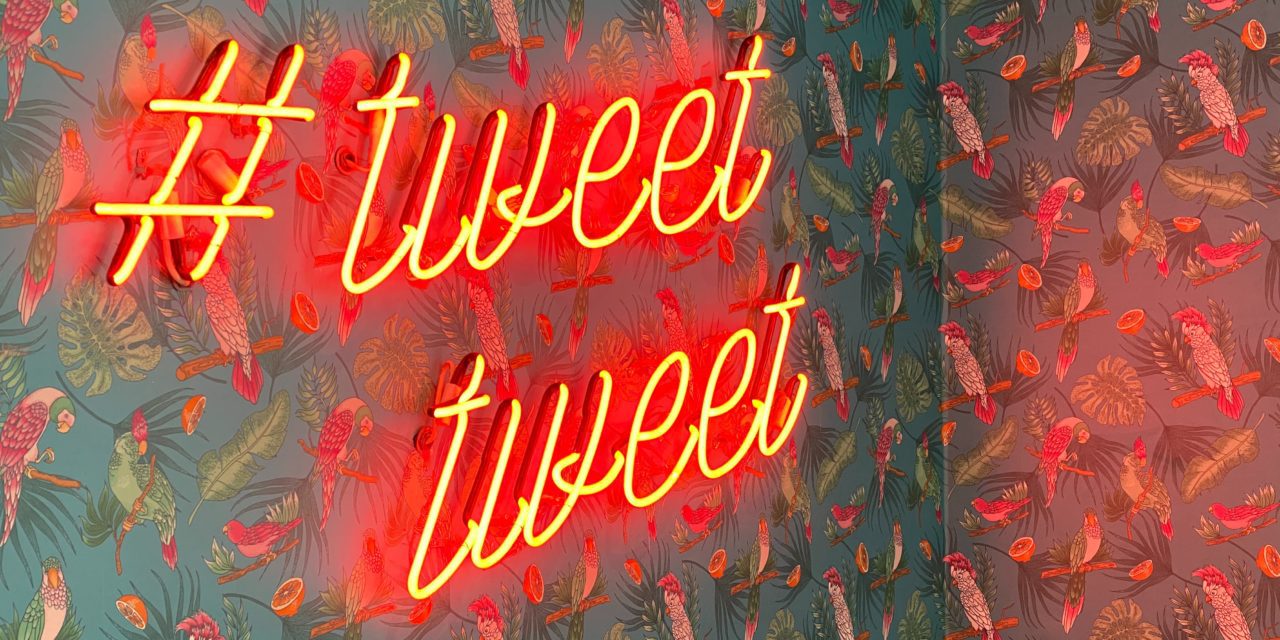



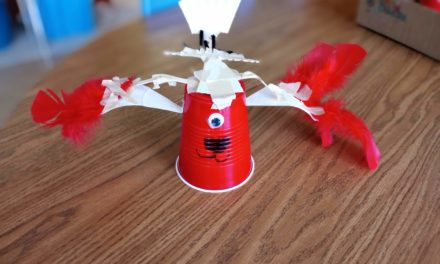
Great post, Audrey! I’m still on Twitter for now, but based on recent events, I’m not terribly optimistic.
I set up a Mastodon account a few weeks ago, but I was at a loss to figure out how to rebuild the network of people I follow on Twitter from scratch. Thanks for recommending movetodon.org. It’s great. I found about 60-odd accounts to follow (including yours!). Although Mastodon is distributed, the different servers are federated, so you can find people on different servers and follow them.
I also put myself on the waitlist for post.news, which looks quite promising. We’ll see when they start accepting more new users.
Thanks for commiserating on the state of Twitter with us!
I too am on the wait list for post.news, as many of the journalists I follow are recommending it. I’m glad you found me, I’ll follow you right back!
Thanks for the insights on how to navigate these difficult times for online communities. I certainly want to steer away from hate and harmful people. I’ve been exploring Mastodon too but I do miss the connections and community we enjoyed on Twitter. Like many, I’m taking a pause from the bird app to see if things settle down. I hope I find you on some social media platform again (whatever that may be).
It took a while to build up those communities so it’ll probably be the same to rebuild. I’m confident we’ll stay connected Craig!